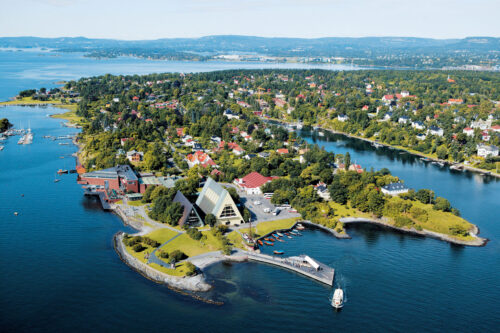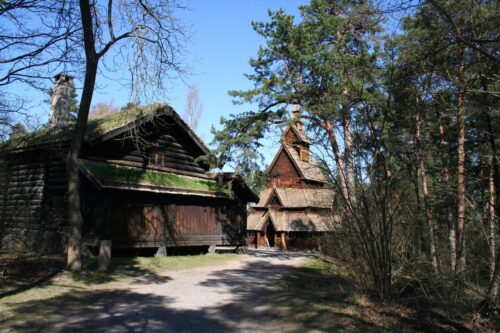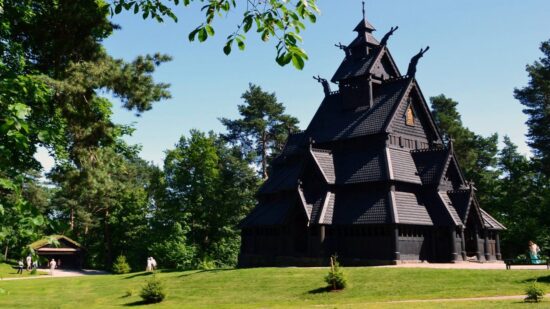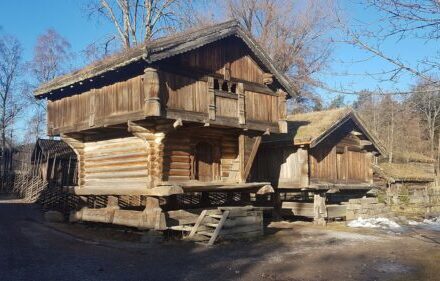Norsk Folkemuseum
The Norsk Folkemuseum is the first of the bunch in Oslo’s museum peninsula known as Bygdøy. A small fjord separates Tjuvholmen from Bygdøy, the large peninsula on the west where a trinity of Maritime museums stands in perfect harmony with the surrounding nature. The best way to get to Bygdøy in the summer is to take the boat leaving from Pier 3 behind the City Hall. It takes 10-15 minutes, and the service runs from early April to early October. Bus number 30 takes you to Bygdøy all year round. However, the walking distance is not that great from the Astrup Fearnley Museum (about 4km).


Whichever way you choose to reach Bygdøy (we hope it will be walking since the stroll through the green pastures of the peninsula is well worth the exercise), the first in a line of the museum’s ensemble does not fall in the category of the Maritime trinity but is still worth your time. The Norwegian Museum of Cultural History or Norsk Folkemuseum is Norway’s & one of Europe’s largest open-air museums. 160 buildings represent different regions of Norway, different periods, as well as differences between civic and country life, and different social classes.
The Gol Stave Church dating from 1200 is one of five medieval buildings at the museum while the museum’s indoor exhibits show traditional handicraft items, folk costumes, Sami culture, weapons, toys, pharmaceutical history, and other historic artifacts. In Summer you can experience lefse baking, horse and carriage rides, feeding of the animals, guided tours, handicraft demonstrations, and much more.



